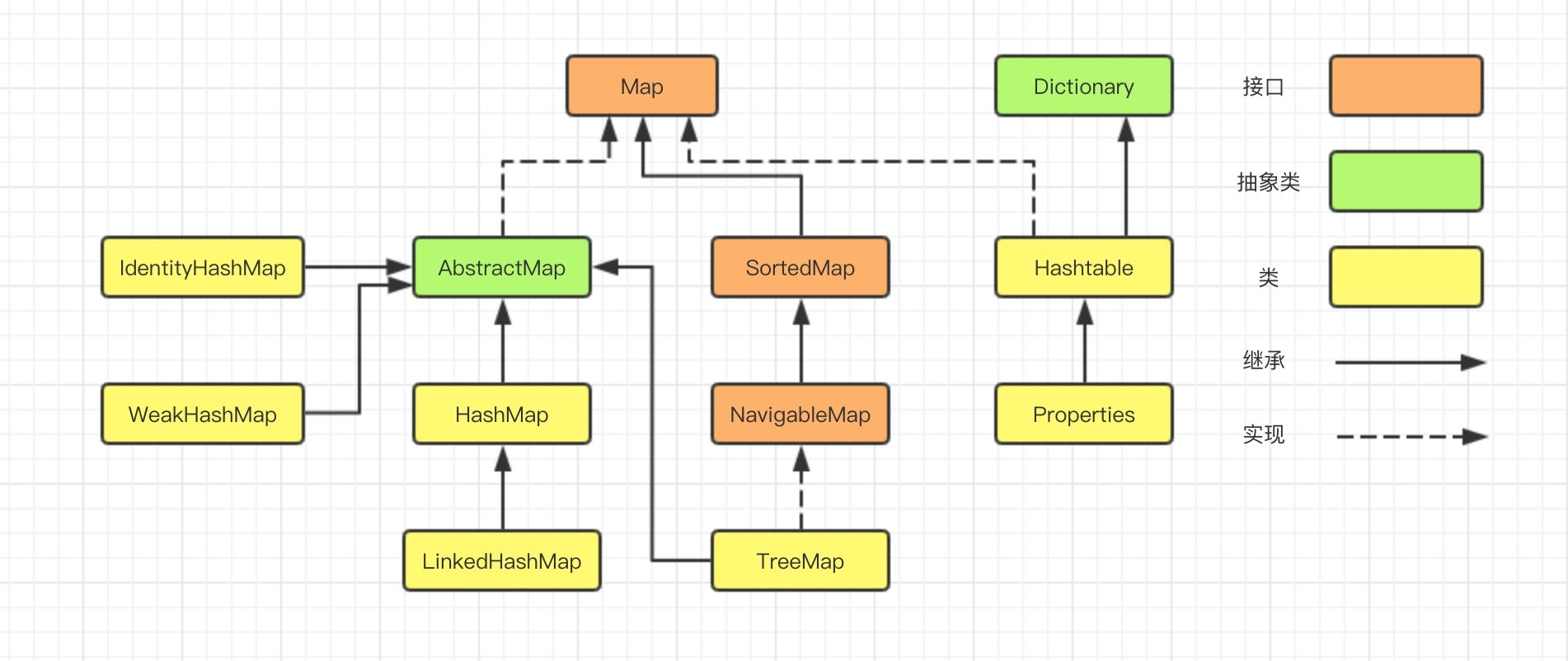

Your email address will not be published. You can use LinkedHashMap with access order to implement LRU cache. Let me provide you realtime usecase of LinkedHashMap with access order. In case, if you want to retrieve entries from LinkedHashMap in access order, you can use LinkedHashMap(int initialCapacity, float loadFactor, boolean accessOrder) constructor. Iterating over LinkedHashMap’s entrySet with foreach loop Iterating over LinkedHashMap’s entrySet with foreach and lambda boolean containsValue (Object value) It returns true if the map maps one or more keys to the specified value. void clear () It removes all the key-value pairs from a map. Iterating over LinkedHashMap entrySet with iterator V get (Object key) It returns the value to which the specified key is mapped. Iterating over LinkedHashMap keyset() with foreach and lambda: Iterating over LinkedHashMap using keyset() with foreach loop: Iterating over LinkedHashMap with foreach and lambda: If we pass access order as true, then it will list entries based on access order. Public LinkedHashMap(int initialCapacity,float loadFactor,boolean accessOrder): This constructor is used to specify initial capacity, load factor and access order of HashMap.


Public LinkedHashMap(Map m): This constructor is used when you want to create LinkedHashMap from some other Map such as TreeMap or HashMap. In most of the scenarios, you should avoid using this constructor unless you are sure about this as load factor 0.75 provides a good tradeoff between time and space. Public LinkedHashMap(int initialCapacity,float loadFactor): This constructor is used to specify initial capacity of the LinkedHashMap and load factor. Public LinkedHashMap(int initialCapacity): This constructor is used to specify the initial capacity of LinkedHashMap and default load factor 0.75. It creates an empty LinkedHashMap with default initial capacity of 16 and load factor 0.75. Public LinkedHashMap(): This is the default constructor and used mostly. Java LinkedHashMap class has five constructors You don’t have to go through class Hierarchy to find it out that LinkedHashMap implements Map interface. Yes, Just to make things more obvious, LinkedHashMap implements Map interface again and there is nothing wrong in implementing interface again. It is a data structure that stores key-value pairs just like. (package private) void, recordAccess(HashMap m) This. LinkedHashMap is a class in the Java Collections Framework that extends the HashMap class.
#Linked hashmap code
Did you notice LinkedHashMap implements Map interface even if AbstractMap and HashMap already implements it? Class LinkedHashMap.Entry int, hashCode() Returns the hash code value for this map entry.


 0 kommentar(er)
0 kommentar(er)
